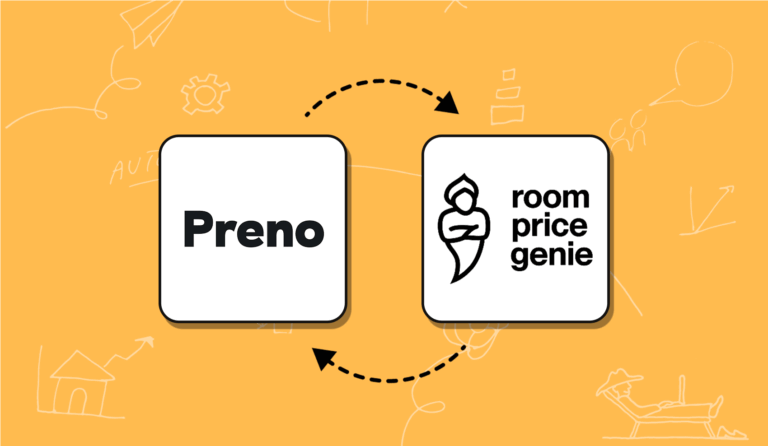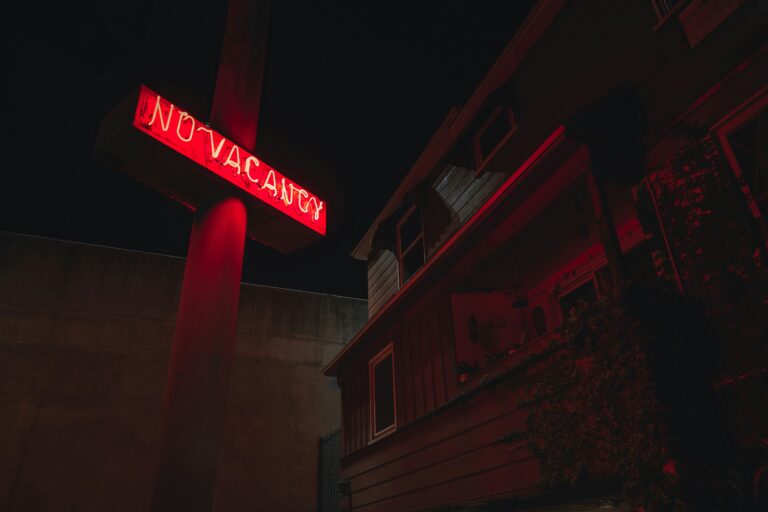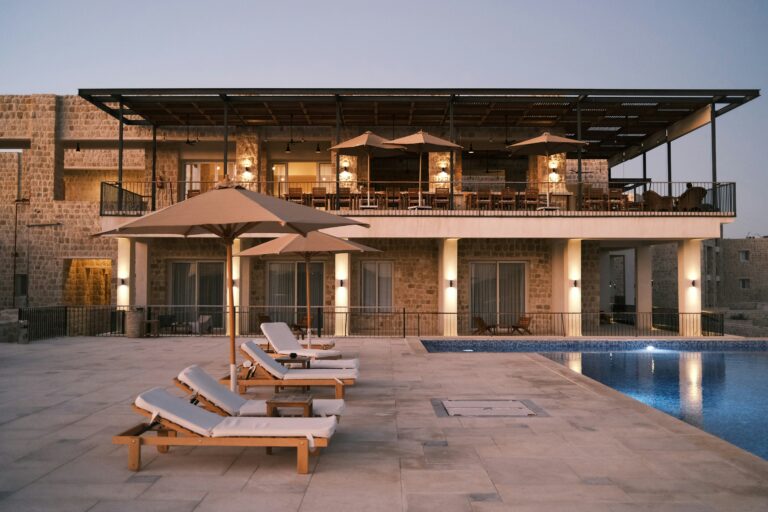Seasonal pricing is a popular tactic used by hotels to keep their rooms filled during periods of low demand. By offering discounts, promotional packages, and other incentives, hotels can attract more customers and increase occupancy rates in times when business is traditionally slow. The goal of seasonal pricing is to maximise profit during periods of low demand and increase revenue for the hotel.
What is seasonal pricing?
Seasonal pricing is a key strategy for hoteliers looking to capitalise on increased demand. This method involves adjusting rates according to the time of year, with higher prices charged during peak season and lower prices in off-peak months. The goal of seasonal pricing is simple: maximise revenue by capitalising on periods of high customer demand and offering more attractive deals when it’s slow. With this approach, you can ensure that your business profits by staying one step ahead.
For example, you may charge higher rates during peak tourist seasons, such as summer or winter holidays, depending on your hotel’s location. Similarly, you can charge lower rates during off-peak seasons, such as the shoulder season (the period between the peak and off-peak seasons). This way you can take advantage of the increased demand for rooms during the peak season and attract more business during the off-peak season.
Benefits of using seasonal pricing for hospitality businesses
There are several benefits of implementing seasonal pricing in the hospitality business:
1. Increased revenue: By charging higher prices during peak seasons and lower prices during off-peak seasons, you can increase the overall revenue of your hotel. This is because demand for hotel rooms tends to be higher during certain times of the year, such as summer vacation and holiday seasons.
2. Improved occupancy rates: Seasonal pricing can help your hotel maintain higher occupancy rates by encouraging travellers to book during off-peak seasons when rates are lower. This approach can help you avoid having empty rooms, reducing the chances of a financial loss.
3. Greater flexibility: As a hotelier, seasonal pricing allows you to be more flexible with your pricing, to respond to changes in demand and market conditions. This can help you manage the room availability better, leading to higher profits.
4. Increased customer satisfaction: By offering lower prices during off-peak seasons, you can make it more affordable for travelers to visit and stay at your property. This can lead to increased customer satisfaction and loyalty, as travelers feel they are getting good value for their money.
Why is it important to keep rooms occupied during low season periods?
Maintaining a high occupancy rate is important for your hotel all year round, but it can be especially challenging during the low season, when demand for rooms is typically lower. There are several reasons why hotels need to keep their rooms occupied during this time:
1. Revenue: Occupied rooms generate revenue for your hotel, which helps you offset the costs of maintaining the property and paying staff. Even though during low-season the room rates will be low, but it will still contribute to the much-needed revenue.
2. Profit: To keep your hotel profitable, as a hotelier you need to maintain a high occupancy rate. If your hotel has a lot of empty rooms during low season, you may face challenges to breaking even or making a profit. This situation will become more challenging if you have a small hotel business that doesn’t have a financial cushion.
3. Image: If your hotel is empty, it can also be a challenge to attract new guests as they may think the hotel is not popular. It’s important that your hotel has a good reputation and maintains a high occupancy rate, as it reflects positively on its image and credibility. This can be a particular concern during the low season, when competition for guests is often fierce.
4. Staff morale: When a hotel is busy, it can be a more enjoyable and rewarding place to work for your staff. If your hotel has a lot of empty rooms, you may have to reduce your staff. It can lead to low morale for the staff. This can be especially problematic during the low season, when staff may already be feeling the pinch of reduced demand.
ENJOYING WHAT YOU’RE READING? JOIN OUR NEWSLETTER EMAIL LIST
Join our newsletter list & receive helpful hotelier tips & tricks, industry trends & more!
Strategies for implementing effective seasonal pricing
A few strategies you can use are:
Research customer needs
It can help you effectively implement seasonal pricing for your hotel business by providing insights into what your customers are willing to pay and when they are most likely to book a room. This information can help you set prices that are competitive and attractive to your target audience, while still maximising your revenue.
By understanding your customers’ preferences and behaviours, you can better anticipate demand and adjust your pricing strategy accordingly. This can help you make informed decisions about when to increase or decrease prices. Similarly, you can decide which promotions or discounts to offer to drive bookings during low-season.
Analyse competitor pricing and market trends
It can help you determine the average rate for your location during different seasons and help you price your rooms competitively. To gather this information, you can search online travel agencies, compare rates on your competitors’ websites, and use tools that provide market data. You can also consider factors like demand, occupancy rates, and local events when setting your prices.
Regularly reviewing and adjusting your prices based on market trends and demand can help you maximise revenue and remain competitive in the market.
Adjust prices based on supply and demand
This is the crux of seasonal pricing. You can offer different prices for your hotel rooms based on whether it is the tourist season or off-peak season keeping the demand in view. You can also apply this approach depending on different days of the week. For example, a regular price during the weekdays and a higher price for the weekends to cater to take advantage of higher demand.
Utilise discounts and promotions to generate interest
Another effective way to implement seasonal pricing for a hotel business is to offer discounts and promotions during slower seasons. For example, during the off-season or shoulder season, you can offer a discount to guests who book a stay in advance. You can also offer a free night’s stay after a certain number of nights booked.
This can help to encourage bookings during times when demand is typically lower. You can also offer packages that include additional amenities or services at a discounted rate during the low-season. For example, spa or offer meals at your hotel’s restaurant.
This can provide added value for your potential guests making hotel booking attractive option for them. Furthermore, you can also create limited-time promotions or flash sales can also be a great way to drive bookings and fill rooms during low-season.
Take advantage of online tools
Online booking services and third-party review sites can be an invaluable resource for tracking customer demand and setting effective prices. Depending on the platform, you may be able to set different prices for different dates, depending on changes in the market or demand. You can also use these platforms to experiment with different pricing strategies and measure the results.
For example, with Preno you can easily change your OTA rates from a single dashboard and automatically sync them with your PMS. This can help you quickly respond to changes in customer demand and market conditions, allowing you to make adjustments as needed.
Collect feedback from guests
Gathering customer feedback can help you understand what motivates your customers to book a room and what pricing strategies are most effective in driving bookings. You can collect feedback through surveys or review sites like TripAdvisor. This feedback can provide valuable insight that can be useful for setting pricing strategies.
You can then also offer discounts to customers who share their feedback or reviews on social media. This can help you create a positive sentiment around your business and drive new bookings.
Advertise your rates
Make sure you are advertising your seasonal rates on all of your marketing channels and online booking sites to ensure they reach potential customers. You can also use targeted campaigns to direct customers to book directly on your website, which is often more profitable than third-party sites.
A great way to advertise seasonal rates is to send out seasonal newsletters to your existing customers. This can help you promote your special offers to people who have stayed at your hotel before, creating a loyal customer base and increasing customer retention.
By following the above strategies you can take advantage of seasonal fluctuations in demand and maximise revenue during low-season. Keep in mind that seasonal pricing isn’t one size fits all; it’s important to experiment with different strategies and adjust as needed. With the right pricing strategy, you can keep your rooms occupied during low-season and increase revenue year round.
Transform Your Guest Experience With Preno
With Preno, seamless management is just a click away. Embrace the future of hospitality with our free trial, no strings attached.





